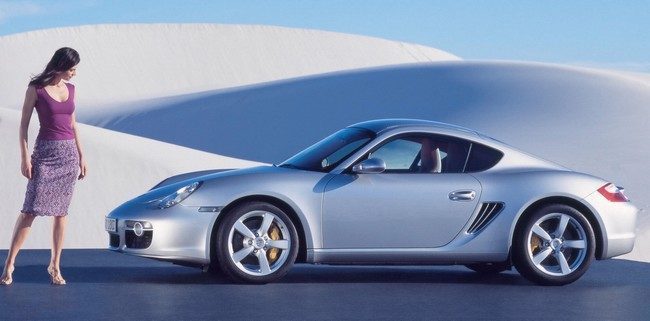History of Porsche – How Porsche Started
These days while driving your car on streets or highways you may probably see lots of unconventional and small Porsche cars. If you pay attention to this car, you will hear a soft profound throated vibration of this car.
Where you will find Porsche Cars:
Again, if you go to a sports car race, you will see the same car there as well. But here you find it roaring lustily. Then if you sit in the grandstand at Sebring, where America’s Grand Prix of Endurance is run each spring, and you will Porsches there too. You may easily observe that how effortlessly, a Porsche go beyond numerous larger cars (for instance Ferraris) although they have engine three times small than these large cars.
And if you have a chance then sit in this car and you would then keep amused by its comfortable interior.
Amazing Efficiency and Performance:
There is a broad assortment of engines and bodies available for these cars. But all these car models exhibit fine workmanship, an amazing dexterity and speed.
Porsche Cars and Volkswagen:
Porsche looks like beetle-shaped Volkswagen in many cases it may be for the reason that it is its direct descendant although its legacy goes back about the beginning of the vehicle age. Porsche has experienced about fifty years of success, failure and experimentation.
It would not be wrong to say that modern Porsche began in 1902 when Dr. Ferdinand Porsche built it first time and this car was Lohner electric. It was quite outstanding because of power transmission method it had. In this car, a gasoline engine drove a generator which brought in power to electric motors. This drive showed the Porsche’s early obsession with power transmission. Porsche also liked the power as close to the driving wheels as possible. This feature was same among Volkswagen and Porsche cars.

After producing Lohner cars, Dr. Porsche focused to move ahead rapidly and manufactured more cars and car components quite fast as compared to other engineers. After Lohner, he designed cars for Parhard, Austro Daimler, Mercedes Bens, Auto Union, Volkswagen Cisitalia, and Renault. Nearly all of his innovations were adopted and used throughout the entire automobile industry.
In 1930, Dr Porsche established his own engineering company and phis son Ferry joined it.
During late 1930s, Porsche considered the inspiration of a sports type Volkswagen. During 1938, he worked out for this idea. The car with this inspiration was considered much similar to Volkswagen almost in all aspects except the car body and frame. For instance, it would have to use the Volkswagen engine but with more power. Transmission and running gear were too supposed to be same as VW excepting higher stressing.
Life in Prison:
After the end of the war, Allied forces came across the Wolfsburg where Volkswagens were built. American forces also succeed to discover seventy years old Porsche at Gmund in southern Australia. Then he was requested for his services. These services were actually a sort of assistance in the design of Renault, a small rear engined but later on it was analyzed that Porsche’s knowledge was quite invaluable for Renault firm. And the car they built under his assistance was 4-CV. Although the war was a bitter experience and French authorities regarded him as an opponent. As a result, Porsche was arrested in 1945 and was kept there until 1947 under the custody of French. His son Ferry tried many times to let him release but of no use. Finally, French agreed on one billion francs. It was too expensive for the family but Dr. Porsche finally got released due to his valued reputation.
After that someone wanted him to build a car for him, the man was Piero Dusio who was the ex- racing driver and head of Cisitalia firm as well. He guaranteed the bond demanded by French authorities as he wanted that Porsche design a racing car. Porsche was a bit ill but still had innovative ideas. His son Ferry already worked out for the racing car Cisilatia and Porsche refined the design. This design had considered 1.5 liter racing formula. The idea was of four wheel drive with tiny 12-cylinder engine. After that, Cisitalia firm moved to Argentina when that racing car was built. But this machinery was never seriously raced. This racing car could not gain popularity but it helped Dr. Porsche to design his own sports car.
Porsche the great:
The first Porsche was produced in 1947 and presented to public in 1949. Dr. Porsche was died in 1950 at the age of seventy. He was the man who started his career just after the beginning of automobiles, a man whose engineering intellect were concerned almost in each stage of the development of automobile and a man who will never be overlooked due to his brilliant contributions in automobile industry.




